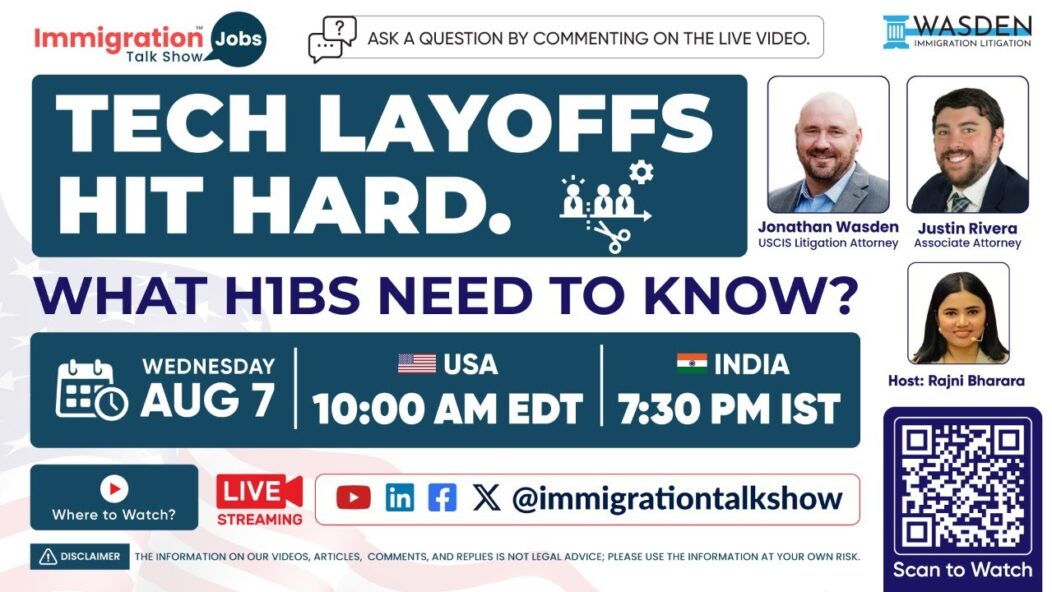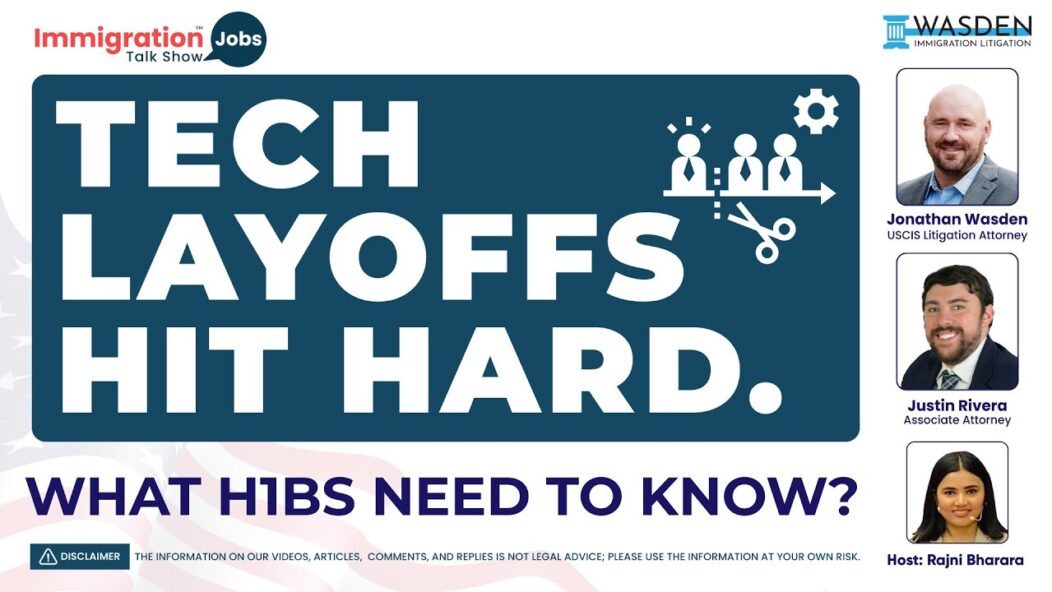Understanding the complexities of immigration law can often feel like a labyrinth for many international students and workers. A critical challenge emerges when previous employers or work history lead to fraud findings, complicating visa applications like the STEM OPT extension or H1B petitions. However, legal avenues are available to correct these records, ensuring future immigration success. This article explores the process and legal options available for those affected by fraud findings, with a focus on individuals previously working with companies later classified as fraudulent.
Key Takeaways
- Fraud Findings and Impact: Unwarranted fraud findings against individuals by USCIS can jeopardize immigration processes like STEM OPT and H1B petitions.
- Legal Solutions: Lawsuits challenging USCIS procedural failures can assist in clearing fraudulent marks from an individual’s record.
- Future Prospects: Successfully resolving these fraud findings through legal means can benefit future applications, including green cards and citizenship processes.
- Timely Action: Proactive legal action can prevent complications down the line, ensuring a smoother immigration journey.
The STEM OPT Journey and Fraud Findings
International students on F-1 visas often face delays and challenges in securing work through the STEM OPT extension, a program that allows them to extend their work permit by an additional 24 months. In certain cases, an individual’s employer may later be identified as fraudulent, a situation that can complicate applications. Fraud findings often arise when USCIS determines that procedural requirements were not met, even if the applicant was unaware of their employer’s fraudulent status at the time.
The process of obtaining the STEM OPT extension is rigorous, but when fraud allegations surface, it can derail an otherwise promising career trajectory. Legal intervention can assist in addressing these fraud findings, ensuring that applicants are not unduly penalized for situations out of their control.
The Role of Legal Actions in Clearing Fraud Findings
For individuals facing fraud findings in their immigration history, lawsuits challenging USCIS procedural failures can be an effective method to clear such allegations. USCIS is required by law to follow specific procedures before labeling an individual’s record as fraudulent. When they bypass these requirements, individuals may challenge the fraud finding through a legal process. The process typically involves joining a mass action lawsuit where several affected individuals come together to contest the findings.
Mass action lawsuits provide an avenue for clearing fraud findings by challenging USCIS procedural errors. These legal actions, though time-consuming and costly, offer a pathway to restore an applicant’s immigration history.
The Legal Process and Timelines for Challenging Fraud Findings
Once the decision is made to pursue a legal challenge, the applicant is usually required to provide detailed documentation, such as responses to Requests for Evidence (RFEs) and other supporting materials. After submitting these materials, the legal team typically submits the case, with USCIS having up to 60 days to respond. If the case is contested, it can take anywhere from six months to a year for a resolution.
The process is not without its challenges, but many individuals have successfully removed fraud findings from their records through settlement agreements with USCIS. This process involves careful documentation and timely action, with each participant playing an essential role in ensuring a successful outcome.
Legal processes for clearing fraud findings can take several months, especially if contested. However, with sufficient documentation and a clear strategy, applicants can successfully manage this challenging process.
The Impact of Fraud Findings on Future Immigration Applications
Fraud findings can have long-term effects on an individual’s ability to adjust status, apply for a green card, or obtain citizenship. However, if the fraud finding is officially removed from an individual’s record through legal action, they can present a declaration from USCIS stating that there is no fraud attached to their immigration history. This can be especially important when applying for future immigration benefits or traveling internationally, as it ensures that individuals are not flagged as fraudulent during consulate visits or at U.S. ports of entry.
Clearing fraud findings can significantly improve an applicant’s chances of success in future immigration processes, including green card applications and international travel.
What to Expect During the Legal Process and Beyond?
While the legal process offers a route to clear fraud findings, applicants must be prepared for potential delays. RFEs may still be issued during this period, even if litigation is ongoing. However, applicants who have successfully gone through the settlement process and obtained a clear record can use this documentation to respond effectively to RFEs.
It is also important to note that future political changes can influence USCIS priorities, which may impact the speed or outcome of immigration cases. Applicants should be prepared for changes in administrative priorities and remain flexible during the process.
The legal process is not always straightforward, and applicants should be prepared for potential delays and RFEs during the process. However, clearing fraud findings can substantially benefit future immigration endeavors.
Conclusion
For individuals dealing with fraud findings related to their STEM OPT or H1B petitions, pursuing legal action to challenge these findings can make a significant difference in the outcome of future immigration applications. While the legal process may take time, clearing one’s record of fraudulent allegations opens the door to a smoother immigration experience. Applicants should act proactively, gather necessary documentation, and seek legal counsel to manage this challenging process.
Frequently Asked Questions (FAQs)
What are fraud findings, and how do they affect my immigration status?
Fraud findings occur when USCIS determines that there was procedural misconduct, even if the applicant was unaware of the fraud. This can severely affect visa applications and future immigration status.
How can I challenge a fraud finding on my record?
A legal challenge to USCIS procedural failures, often through mass action lawsuits, can help clear a fraud finding from your record. Legal counsel can guide you through this process.
What is the timeline for clearing a fraud finding?
The process can take anywhere from several months to a year, depending on whether the case is contested or settled.
Will this process affect my current H1B application?
While RFEs may still be issued, ongoing litigation to clear fraud findings will not negatively impact your current H1B application.
How does a fraud finding impact my green card or citizenship application?
If a fraud finding is cleared from your record, you can provide documentation stating that no fraud exists, which can assist in future applications, including green card and citizenship processes.
Authors: Jonathan Wasden & Justin Rivera, Immigration Attorneys
How useful was this post?
Click on a star to rate it!









